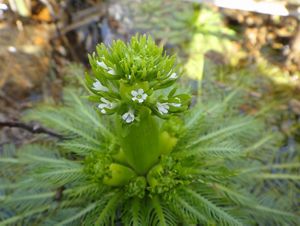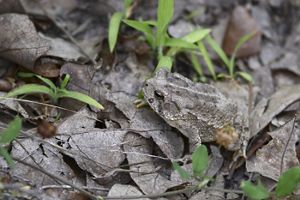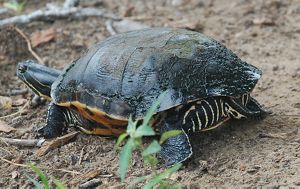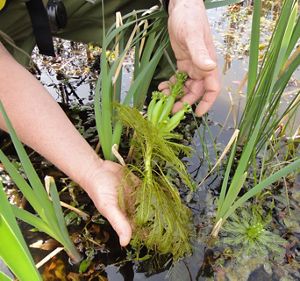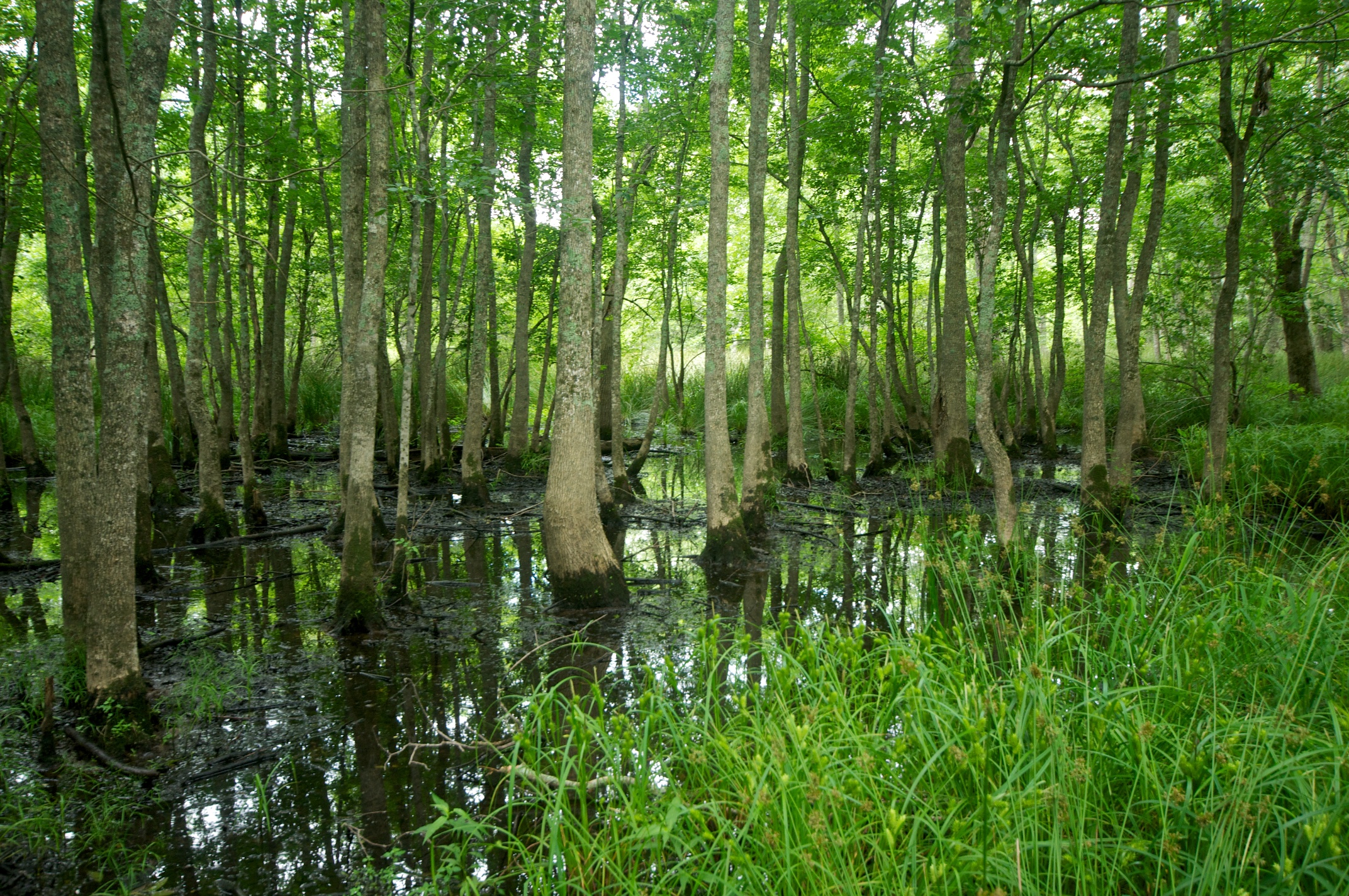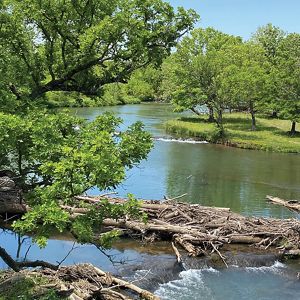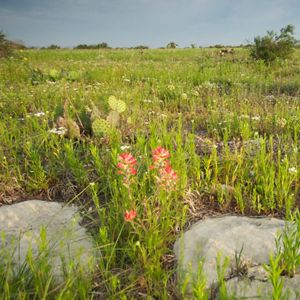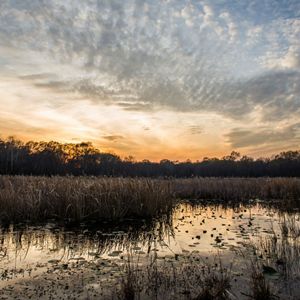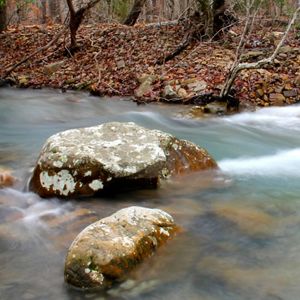Hottonia inflata, commonly known as the American featherfoil, is a very beautiful and extraordinarily interesting aquatic wildflower. At first glance, it appears to be gently floating on the water’s surface however, there is a dense underwater stem and root system. You are most likely to come across featherfoil inhabiting shallow pools, ditches, swamps, oxbow lakes and beaver ponds. Generally sporadic in occurrence, the featherfoil is disjunct on the Atlantic and Gulf coastal plains: from Maine to Georgia, west to east Texas, northward up the Mississippi River to Missouri and Illinois and then up the Ohio River. Outside of Oklahoma, there are few known occurrences in Indiana (two occurrences), Ohio (possibly extirpated) and West Virginia (one occurrence). Much of the wildflowers' historical habitat has been lost to development, draining of wetlands, siltation and the unsustainable harvest of beavers throughout its range.
Also found on the preserve are rare animal species including goldstripe darter, western chicken turtle, and the American burying beetle which is a federally-listed endangered species. The preserve also provides a habitat for migratory birds in the central flyway.
Rivers and streams are the lifeblood of these bottomland hardwood forest ecosystems. At Hottonia Bottoms, Clear Boggy Creek, a tributary to the Muddy Boggy River, flows along the preserve’s boundary. This area acts as a floodplain zone during spring floods where soil, seeds and sediments from upstream forests become natural fertilizer for plants making these rich, moist soils the perfect habitat to nourish an explosion of biological diversity.
Hottonia Bottoms also provides economic value to southern Oklahoma in flood control, erosion control, protection of water quality along with habitat for many bird and aquatic species. Threats to this area include habitat fragmentation or destruction, incompatible logging practices, altered hydrologic regime, soil erosion, sedimentation, poor water quality, invasive species and alteration of natural fire and grazing regimes.

